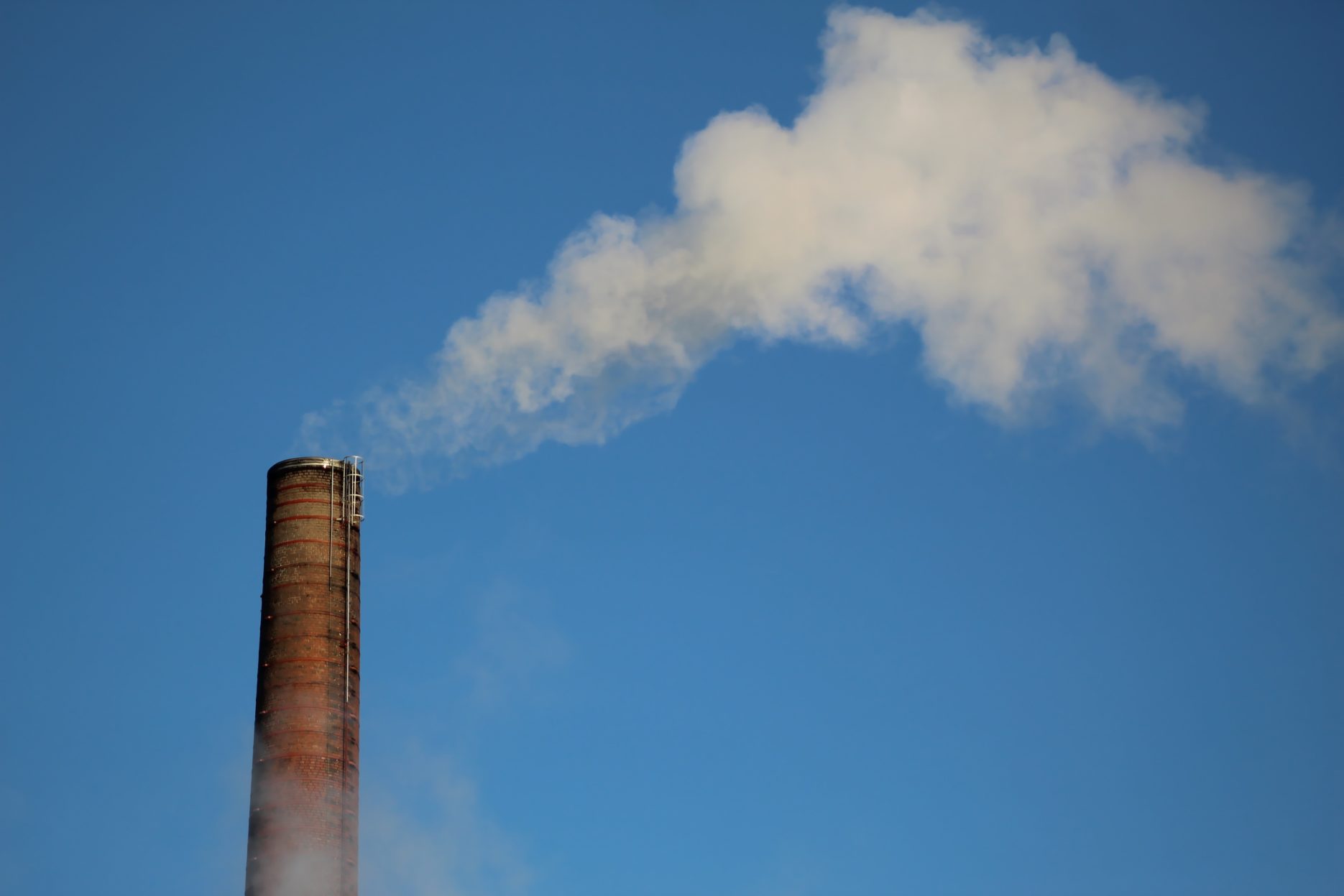China is planning to commence its much-awaited carbon emission trading scheme later this month. Reuters has reported that a launching ceremony is scheduled for 16 July. This was confirmed by the Vice-Minister of Ecology and Environment, Zhao Yingmin, who stated that the project is “basically complete”.
The scheme will play an important role in helping China to reach a carbon emissions peak by 2030 and become carbon neutral, or a ‘net zero’ emitter, by 2060.
The trading program allocates emitters, such as power plants and factories, an annual allowance of carbon that they are allowed to release. They can then buy or sell excess carbon. By relying on market mechanisms, emitters are forced to consider their carbon output as a collective.
Permits will be allocated on the basis of carbon intensity per unit, with coal and gas plants receiving a different weighting. Prices are uncertain but trial markets indicate the price of carbon could be approximately 40 RMB ($6.18) per tonne.
The scheme had been delayed due to concerns about the accuracy of data being produced by the firms involved. While this has now been rectified to government standards, concerns about the scheme persist. Experts have raised doubts about discrepancies between the issuance of permits for coal-fired and gas-fired factories.
The scheme will be implemented gradually. Phase one will cover 2,225 power plants which produce a seventh of the world’s carbon dioxide emissions from fossil-fuel combustion annually, i.e. 4 billion tonnes. Once the scheme has reached full coverage, China will be the world’s largest carbon trading market.
The government is also planning to expand this scheme into other industries which produce high emissions.
Read more:









